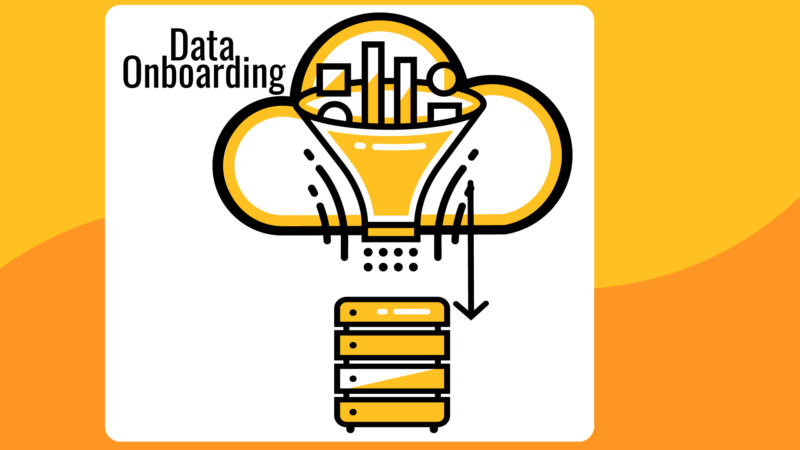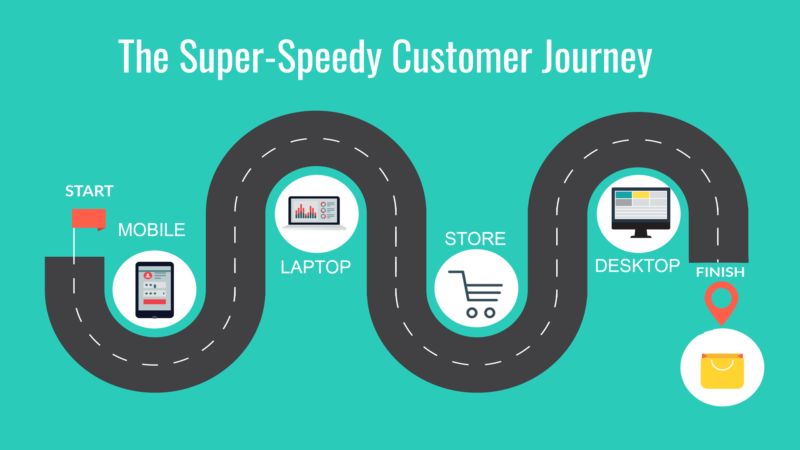Why data onboarding matters more today than one week ago
Why data recency and real-time processes can make all the difference when you're appending new information to your customer records.
As U.S. marketers intensify their focus on customer identity resolution — an investment a Winterberry Group/DMA study projects will jump from $900 million in 2018 to $2.6 billion by 2022 — data onboarding is thrust into the spotlight.
Why now?
Sure, onboarding — the technical process of uploading offline customer data to the online environment to match with digital identifiers — has been around since the mid-2000s. But as brands move away from “spray and pray” marketing tactics and toward individualized experiences, they need to recognize and relate to customers with contextual relevancy throughout buyer journeys.
This is why resolving customer identity has become a marketing imperative — and why, as the foundational first step, data onboarding is increasingly pivotal.
A week later is a week too late
For years now, brands have had options when it comes to working with third-party onboarding vendors to resolve customer identity. Typically, onboarders upload a brand’s customer data files in batches, match them against digital identifiers and push out customer profiles to media vendors within five to seven days.
Any data that is not matched to a customer during this initial batch upload disappears, and any customer activity that takes place after the initial upload is not recorded — it’s lost.
And a lot can happen in five days.
Think about how we shop. I typically start a search on one of my mobile apps, browse options on my laptop, maybe visit a store to compare offerings and then make a purchase on my home PC. I often do this in less than five days; it may take only a few minutes.
If a brand is blind to any of my activity, it misses key opportunities to educate me when I’m weighing options, looking for help or ready to buy… so there goes my potential conversion, as well as any new customer or marketing insights.
Of course, many marketers have chosen to resolve identity by onboarding directly with media giants like Facebook or Google, which can upload and match brands’ data with their own massive lists of logged-in users in a matter of hours.
Yet while building out their own identity assets, these walled gardens do not share back much (if any) user-level data or insights, making it impossible to connect what happens inside these closed ecosystems with the rest of a brand’s marketing efforts — and guaranteeing that identity remains elusive.
Identity solutions are not created equal
Marketers now have more choice when it comes to resolving customer identities. Still, very few identity solutions have onboarding baked in, and fewer still offer a continuous and real-time alternative to batch onboarding, which impacts both the level of identity that can be achieved and a brand’s ability to quickly activate addressable marketing.
That’s why marketers must pay close attention to identity partners’ data onboarding capabilities, particularly when it comes to processing speed, accuracy and brand control.
Think about these questions identity should answer — and how data onboarding directly impacts the response.
What are your customers doing right now?
Without real-time data onboarding, you can’t possibly know. Nor will you know what they did later today, yesterday or days back, because batch onboarding takes up to a week from data upload to media activation.
Capturing, merging and activating data within milliseconds is imperative to recognizing and relating to consumer live-intent data at critical moments throughout buyer journeys.
How many of your customers are actually addressable?
If you’re working with a batch onboarder, the answer is probably not as many as you may think.
That’s because these onboarding vendors must not only match your uploaded data to their identity graph (the database that creates and stores connections between a customer profile and related data points), they must also match it against the identity graph of their activation partner, such as a demand-side platform, to make it addressable.
Taking two steps to onboard and activate your data means that these already incomplete and days-old data sets degrade even more. Only by simultaneously onboarding and activating data can brands ensure they are reaching the right customer at the right touchpoint.
Who owns your customer connections?
You should. But it’s likely you don’t. Often brands are required to work with an onboarding partner’s identity graph for the duration of a campaign, which means that once the campaign is over or the partnership ends, that data disappears. Worse yet, some partners can’t (or won’t) share back user-level data to a brand’s internal systems, making it impossible to connect what happens inside their ecosystems with your other marketing efforts.
With ownership and control of your customer identity asset, you have full transparency into how data is collected, used and distributed.
Four days to a car purchase
Look, consumers want more personalized brand experiences. They want them to operate at the same pace and in the same places where they’re searching, considering and, ultimately, where they’re buying — all of which is exacerbated by their hyper-connectivity and expectations for immediate gratification. Really, how often do you spend more than five days between the moment you discover something you’d like to buy and actually buying it? A multinational automaker told me that the time between customers authenticating with a dealership and purchasing a car has shrunk to four days!
With continuous, real-time onboarding, marketers today can deliver the right experience to the right person at just the right moment — and I do mean today, not in one week. But it takes the right onboarding solution to happen.
Opinions expressed in this article are those of the guest author and not necessarily MarTech. Staff authors are listed here.
Related stories


